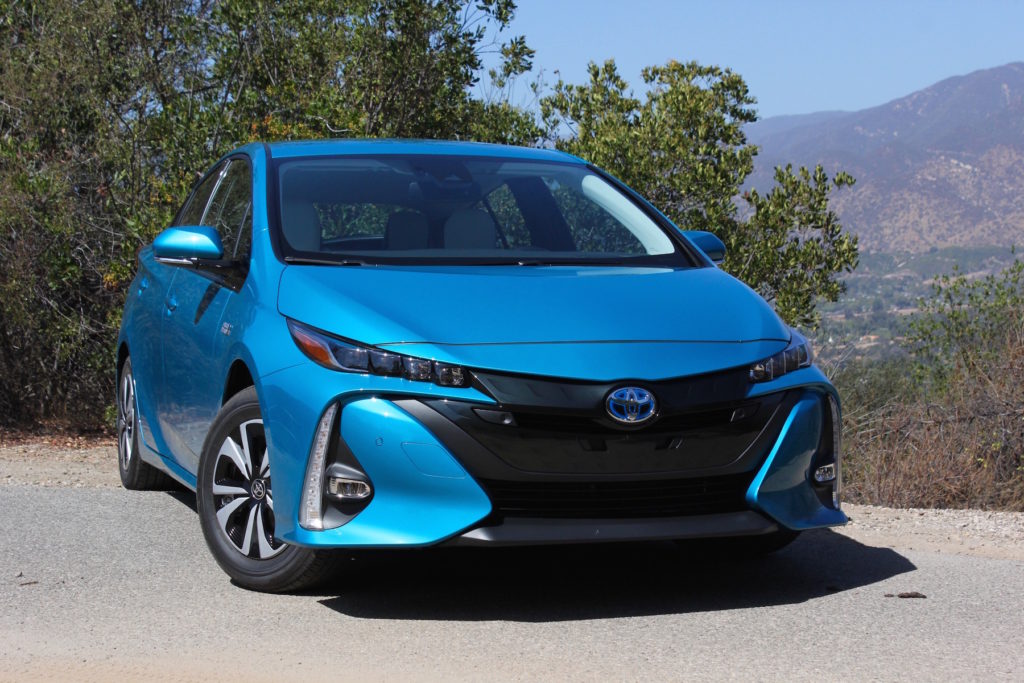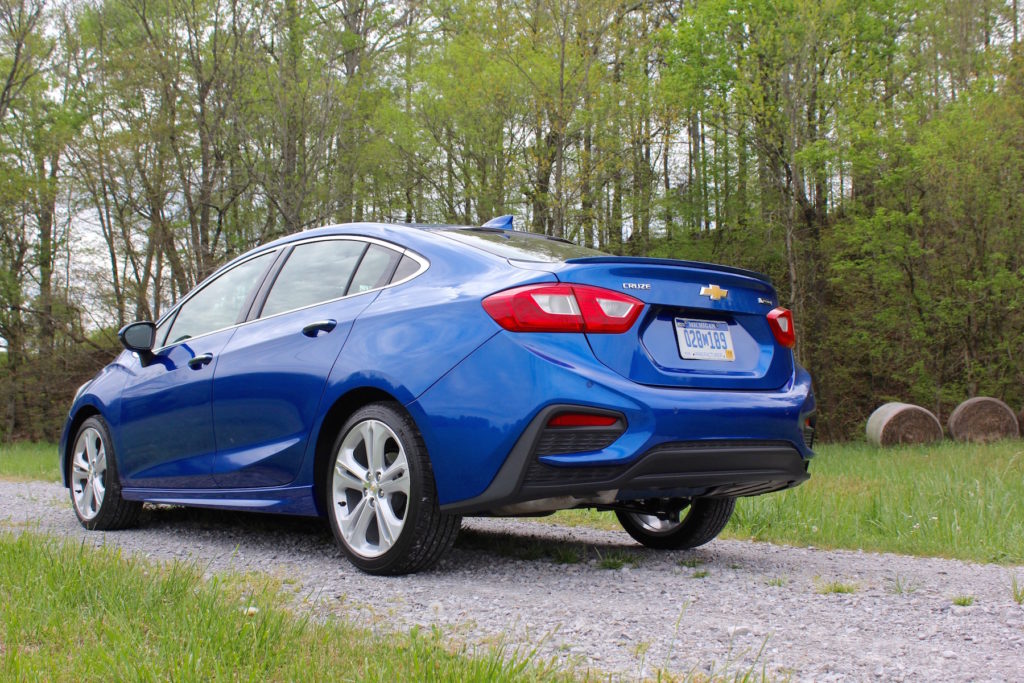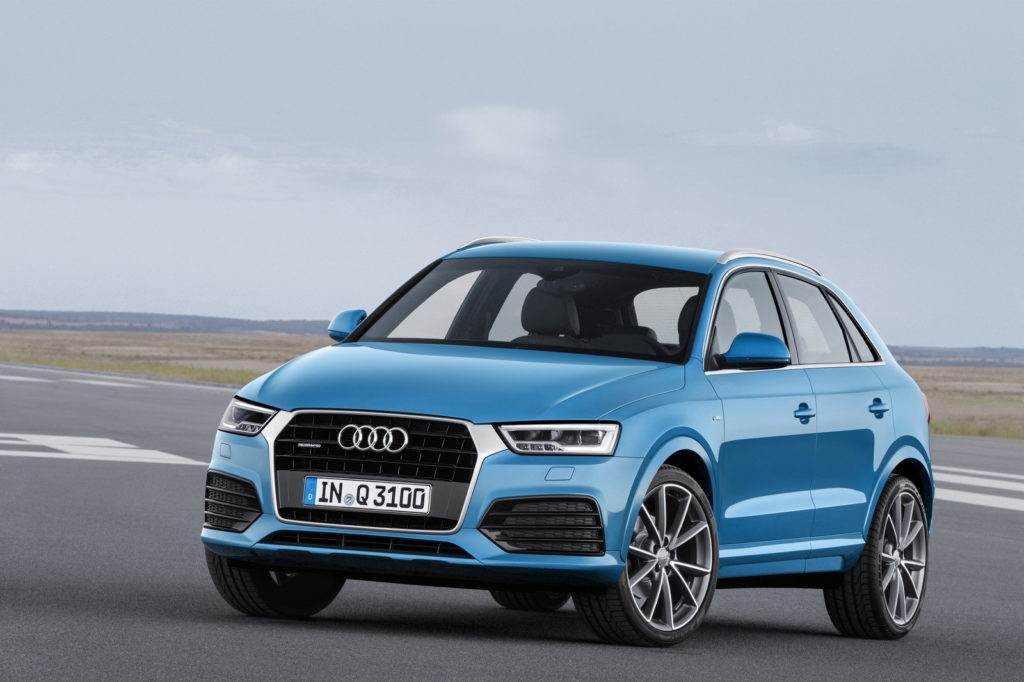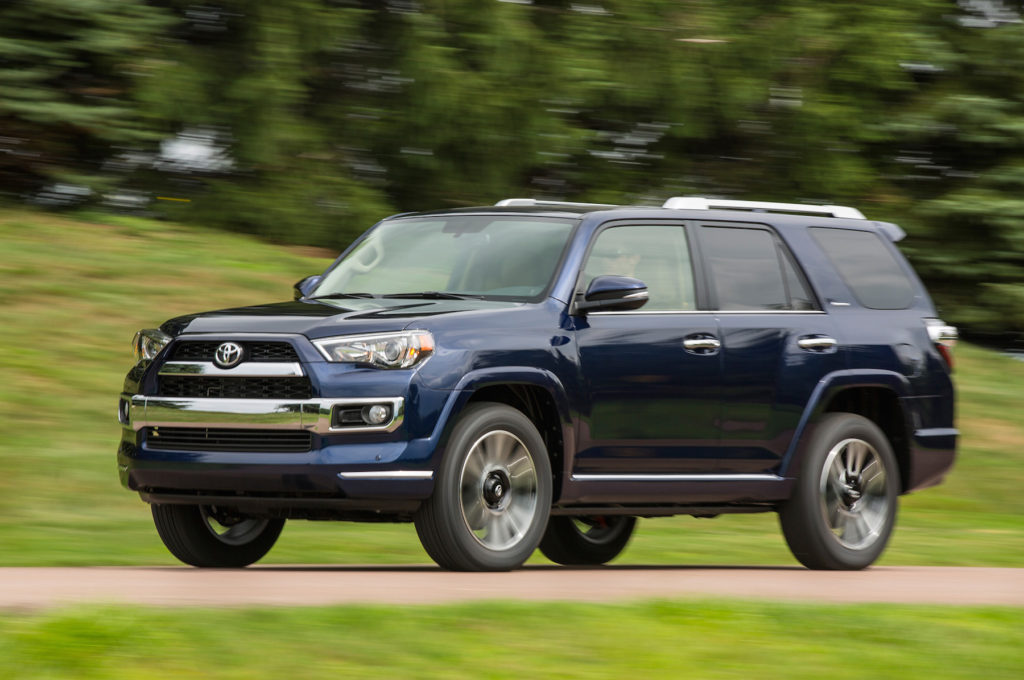To a large degree, an automotive journalist is defined by his or her ability to distinguish good cars from bad ones, but I’ll fill you in on a little secret: these days, it’s difficult to find a truly “bad” new car. Why? Put simply, manufacturing processes, build materials, quality assessment, distribution – basically every element of automotive construction – has improved dramatically in the last two decades. With few exceptions, anyone can walk onto any dealer lot, pick out any new car, and they will have a reasonably reliable product for the first several years of ownership.
Disclaimer aside, automakers can still define themselves by how long their new products act like new products. More commonly, we call these vehicles “reliable.” There are more than a few organizations that make it their business to weed out the reliable from the maintenance disasters, but for our purposes of choosing today’s most worry-free vehicles, we’ll refer to a mix of Consumer Reports, J.D. Power, and our own hands-on assessments.
Here are MilesPerHr’s top picks for a new, reliable motor vehicle.
Most Reliable Hybrid: 2017 Toyota Prius
Highlights: fewer fill-ups, fewer repairs
Starting Price: $24,685
Why We Chose The 2017 Toyota Prius:
Despite its mildly complicated powertrain (when compared to an internal combustion engine), the Toyota Prius is as basic a form of transportation as it gets. The Prius is appealing for several reasons, but its highlights include an affordable starting price, excellent gas mileage, and hybrid class-leading reliability.
The 2017 model year kicks off a new generation of Toyota’s trend-setting gas-electric model. With a stiffer platform, wild styling, improved battery, and more efficient four-cylinder, the new Prius is a better value proposition than ever. Most significantly, Toyota gave the new Prius an interior makeover, classing up the cabin considerably to accommodate those that spend hours each wheel behind the wheel.
Toyota also overhauled its plug-in variant, the “Prime.” For a small premium over the standard hybrid, shoppers have access to 25 miles of pure electric range, 55 city/53 hwy/54 combined mpg, and 640 total miles of driving range. An electric motor and battery adds components that will need to be replaced after several years, but the added efficiency more than justifies the Prius as a great buy for those in search of a reliable commuter companion.
Final Thoughts: It may not be the most exciting car, but the Toyota Prius is efficient and dependable
————————————————————————-
Most Reliable Compact Car: 2017 Chevrolet Cruze
Highlights: The new Cruze feels more upscale than its rivals and has high-tech features
Starting Price: $17,495
Why We Chose The 2017 Chevrolet Cruze:
Chevrolet’s second-generation Cruze compact is a massive leap for the automaker as it tries to compete with class leaders like the Honda Civic, Ford Focus, Toyota Corolla, and Mazda3. With a new steel and aluminum structure, the Cruze has shed 250 pounds from the first generation and has a 27 percent stiffer chassis, meaning it’s more enjoyable to drive and more efficient.
All new Cruze models feature Chevy’s 1.4-liter Ecotec turbocharged 4-cylinder that deliver 155 horsepower and 177 pound-feet of torque, which translates to the fastest acceleration in its segment. Combined with 42 mpg highway fuel economy and an upscale design, compact shoppers should be giving Chevy’s entry a long look.
Best among the new Cruze’s features is its connectivity equipment. A standard Wi-fi hotspot, Apple Carplay, Android Auto, and an intuitive MyLink infotainment system helps the Cruze appeal to socialites. Cutting-edge technology will keep the Cruze relevant for longer than its competition, and its noticeably improved build quality means a more durable vehicle.
Final Thoughts: The new Cruze is handsome inside and out, and features a potent-yet-frugal new engine.
————————————————————————-
Most Reliable Luxury Car: 2017 Lexus GS
Highlights: The Lexus GS offers a great mix of style and comfort
Starting Price: $46,310
Why We Chose The 2017 Lexus GS:
Lexus may be taking a risk with its latest design language, but that doesn’t mean owners should have any concerns about reliability. Beneath its spindle grille and sweeping bodywork, the modern Lexus GS is every bit as dependable a luxury car as previous generations. While competitors are plagued with electrical issues or mechanical failure, the GS offers class-leading comfort with the peace of mind that comes from a Toyota product.
The Lexus GS won’t win any drag races if stacked against BMW’s 5 Series or Mercedes-Benz’s E-Class, but if it’s an endurance battle covering hundreds of thousands of miles, Lexus GS drivers can relax in their plush leather cabins while parts start failing on the competition. Additionally, if you really need to move quickly, the GS F offers a 5.0-liter V8 with 467hp and 369 lb-ft of torque.
More important to most luxury car buyers, however, is ride quality. Here, the GS jumps to the front of the pack, with one of the most compliant, well-dampened rides you can find – at any price point. Inside, the GS is a mix of analog and digital, with a contemporary driver display next to a more lackluster infotainment system. Tech aside, the GS boasts a clean, sharp interior design.
Final Thoughts: supreme comfort and excellent build quality.
————————————————————————-
Most Reliable Crossover: 2017 Audi Q3
Highlights: the Q3 adds a touch of utility to the entry-luxury segment
Starting Price: $33,700
Why We Chose The 2017 Audi Q3:
Audi’s Q5 and Q7 SUVs offer sophisticated driving dynamics, clean interiors, and sleek styling, but their prices transcend mass-market affordability. With the introduction of the Q3, Audi delivers that same blend of refinement, styling, and performance in a smaller, more affordable package. The Q3 is still a “luxury” vehicle, but drivers will experience the meaning of the word in how the car looks and feels more than how it’s priced.
With 200hp available via a 2.0-liter turbocharged four-cylinder, power won’t blow anyone away, but with broad application of this engine throughout Audi’s stable, it has proven reliable and fun. Front-wheel drive comes standard, along with HID headlights, LED taillights, heated power leather seats, MMI infotainment, and a panoramic sunroof. Quattro all-wheel drive is available.
Interior volume is limited in the Q3, but it’s still possible to pack five passengers and a few suitcases inside. Though the Q3 hasn’t been on the market long, we predict its top-notch build quality, proven motor, and clean design will stand the test of time well.
Final Thoughts: The Audi Q3 is elegantly simple and priced within reach.
————————————————————————-
Most Reliable SUV: 2017 Toyota 4Runner
Highlights: If you need versatility, dependability, and off-road capability, look no further
Starting Price: $34,010
Why We Chose The 2017 Toyota 4Runner:
In truth, Toyota products could fill this entire roster of reliable vehicles, but its purpose-built models are most impressive. The 4Runner SUV has always been a dependable off-roader with incredible versatility, but these days, it’s become a dual-purpose machine. The rugged potential remains (and has even increased), but the move upmarket also introduces the 4Runner to upper middle class errand runs and dinner dates.
Styling hasn’t changed much in the last three decades. The masculine, boxy design remains, but refinements to body moldings, trim, wheel designs, and fascias make the 4Runner look appropriate in any setting. Power comes exclusively from a 4.0-liter V6 that serves up 270hp and 278 lb-ft of torque via a five-speed automatic. Rear wheel drive is standard on entry-level models, but all-wheel drive with advanced off-road hardware is available.
It may not be fast and the interior may feel dated, but the 4Runner can always be counted on to get you to, up, down, and from the mountain in quiet comfort. With a durable truck-based platform, high resale value, and generations of 4Runners to prove its dependability, buyers won’t regret choosing the 4Runner.
Final Thoughts: The Toyota 4Runner can tackle just about any obstacle, whether its off-road or in a shopping mall parking lot.
————————————————————————-
Food For Thought
It’s always a bit of a reliability gamble when it comes to newly introduced models. First generation cars are likely pioneering technology and manufacturing practices for an automaker, and the results could be great or woeful. Fortunately, auto brands don’t build new vehicles on a whim. The average development cycle for a new model is three to five years.
In that time, automakers research the competition, secure partners, develop internals, choose construction materials, assemble prototypes, and put hundreds of thousands of miles on pre-production test mules. If a modern car is discovered to have a fault after it goes on sale, chances are, it’s a quick fix that is facilitated through a recall at your local dealer. Additionally, as the automotive industry relies more heavily on vehicle software, updates will be made via the cloud, while your car sits in the garage.
New car tech of course introduces potential for new reliability issues, but diagnosing problems and testing scenarios for potential failures will be easier than ever. In short, cars have never been more reliable, so choosing your next vehicle can be more about aesthetic preference, driving dynamics, fuel economy, and safety and less about maintenance concerns.






